This article was co-authored by wikiHow staff writer, Jennifer Mueller, JD. Jennifer Mueller is a wikiHow Content Creator. She specializes in reviewing, fact-checking, and evaluating wikiHow's content to ensure thoroughness and accuracy. Jennifer holds a JD from Indiana University Maurer School of Law in 2006.
There are 9 references cited in this article, which can be found at the bottom of the page.
This article has been viewed 16,434 times.
Learn more...
If you are writing a paper or report discussing a legal issue, you may need to use bills that have not yet been passed into law as references. While the format may differ slightly depending on the citation style you use, most methods of citing bills include the same basic information. The Bluebook provides the standard format for legal citations, including bills introduced in Congress. Other common citation formats you might use include the Modern Language Association (MLA), American Psychological Association (APA), or Chicago style.[1]
Steps
Bluebook
-
1Start your citation with the name of the bill. Typically, you'll want to use the common name of the bill so your readers will know what it is without having to first look it up. Provide the full name along with the year it was introduced. Place a comma after the year.[2]
- Example: Orphan Works Act of 2008,
- If the title of the bill is particularly long or cumbersome, use your best judgment on whether to include it. You may also be able to provide a shortened version of the title. When in doubt, discuss the matter with your instructor or supervisor.[3]
-
2List the number of the bill with the abbreviated name of the house. Bills may be introduced in either the House of Representatives or the Senate. Each has a number, which you'll find at the top of the bill. Before the number, type "H.R." for House bills or "S." for Senate bills. Place a comma after the bill's number.[4]
- Example: Orphan Works Act of 2008, H.R. 5889,
Advertisement -
3Identify the Congressional year and session. After you identify the bill, the next part of your Bluebook citation provides the number of the Congress when the bill was introduced. Use the ordinal, adding either "st" or "d" to the number as appropriate. Abbreviate the word Congress as "Cong." Type a space, then add the section symbol (§) and the number of the session.[5]
- Example: Orphan Works Act of 2008, H.R. 5889, 110th Cong. § 2
-
4Close with the year of publication. After the section number, type a space and then add the year of publication in parentheses. Typically, this will be the same as the year listed in the common name of the bill. Place a period outside the closing parentheses.[6]
- Example: Orphan Works Act of 2008, H.R. 5889, 110th Cong. § 2 (2008).
-
5Seek additional guidance for state bills. The Bluebook has extensive guidelines for state legislative documents. State bills often don't fit the framework for federal bills. In most cases, your goal is simply to provide enough information that your reader could locate the document you're referencing.[7]
- If you can't figure out how to cite a state bill or resolution, talk to your instructor or a research librarian for additional advice.
-
6Use Chicago-style footnotes for in-text citation. The Bluebook uses footnotes rather than parenthetical citations in-text. When referencing a bill, the format for the footnote is the same as the format for the bibliographical entry.
- Your instructor or supervisor may prefer parenthetical citations in the body of your paper. If they do, follow their guidelines on how to reference a bill using parenthetical citations.
Chicago
-
1Leave citations to bills out of your bibliography. When using Chicago style, bills are only cited in footnotes – not in the bibliography. If your instructor or supervisor prefers that you include a citation in your bibliography as well, use the same format as you did for the footnote.[8]
-
2Start with the common title, if available. Some bills are untitled, but most have a common title by which they're introduced. The common title gives your readers more information about the purpose of the bill. If the bill has a common title, include it in title-case as the first part of your footnote. Place a comma after the common title.[9]
- Example: Orphan Works Act of 2008,
- If the bill is untitled, or if the title is so long that it would cause your footnote to look junky or unwieldy, you can leave it off.
-
3Provide the abbreviated source and number for the bill. The source of a federal bill will be either the Senate (abbreviated "S.") or the House (abbreviated "H.R."). After the abbreviation, type the number assigned to the bill. For state bills, use the source and number in the heading at the top of the bill. Place a comma after the number.[10]
- Federal example: Orphan Works Act of 2008, H.R. 5889,
- State example: H.R. Res. 6026,
-
4Identify the Congress or session in which the bill was introduced. For federal bills, type the ordinal (a number followed by "st" or "d" as appropriate) followed by the abbreviation "Cong." State bills typically are identified by yearly sessions.[11]
- Federal example: Orphan Works Act of 2008, H.R. 5889, 110th Cong.
- State example: H.R. Res. 6026, Sess. of 2011
-
5Put the year the bill was published in parentheses. For state bills, include an abbreviation of the name of the state along with the year of publication. If you accessed a print version of the bill, place a period after the closing parentheses. For bills you accessed online, place a comma after the closing parentheses.[12]
- Federal example: Orphan Works Act of 2008, H.R. 5889, 110th Cong. (2008),
- State example: H.R. Res. 6026, Sess. of 2011 (Kan. 2011),
-
6Include the URL if you accessed the bill online. Legislative government websites are often the easiest place to read the full text of bills that are being considered. If you read the bill online, copy the full direct URL at the end of your footnote. Place a period after the URL to close out your citation.[13]
- Federal example: Orphan Works Act of 2008, H.R. 5889, 110th Cong. (2008), https://www.congress.gov/bill/110th-congress/house-bill/5889.
- State example: H.R. Res. 6026, Sess. of 2011 (Kan. 2011), http://www.kslegislature.org/li_2012/b2011_12.
APA
-
1Start with the name of the bill, if available. Most federal bills and some state bills will have a common name or title attached to them. If the name of the bill is relevant or would assist your readers in identifying the bill, include it as the first part of your citation.[14]
- Example: Orphan Works Act of 2008,
-
2Provide the number of the bill. Include the abbreviation for the legislative body in which the bill was introduced, followed by the identification number the bill was assigned. For federal bills, the abbreviation will either be "S." for "Senate" or "H.R." for House of Representatives. State legislative bodies use a number of different abbreviations. Place a comma after the bill number.[15]
- Federal example: Orphan Works Act of 2008, H.R. 5889,
- State example: H.R. Res. 6026,
-
3List the number of the Congress or legislative session. For federal bills, use an ordinal to identify the Congress in which the bill was introduced. For state legislatures, use the number or other designation indicated in the heading of the bill itself.[16]
- Federal example: Orphan Works Act of 2008, H.R. 5889, 110th Cong.
- State example: H.R. Res. 6026, Sess. of 2011
-
4Include the year of publication in parentheses. The last part of your full citation is the year the bill was published, or considered in the legislative body. For state bills, include the appropriate abbreviation for the name of the state before the year. Place a period outside the closing parentheses to close your citation.[17]
- Federal example: Orphan Works Act of 2008, H.R. 5889, 110th Cong. (2008).
- State example: H.R. Res. 6026, Sess. of 2011 (Kan. 2011).
-
5Use the bill number and publication year for in-text citations. APA requires parenthetical citations in the body of your work whenever you paraphrase or quote a source. If the source is an un-enacted bill, type the bill number, then a comma, then the year the bill was published or considered.[18]
- Federal example: (H.R. 5889, 2008)
- State example: (H.R. Res. 6026, 2011)
- If your citation included the common name of the bill, you can use a shortened form of this name in your parenthetical citation instead of the bill number, along with the year. For example: ("Orphan Works," 2008).
-
6Refer to the Bluebook for additional guidance. The APA style guide defers to the Bluebook for citations of legislative documents. Abbreviations, names of legislative bodies, and other information can be found in the Bluebook.[19]
- If you're not well-versed in Bluebook citation, you may want to ask your instructor or supervisor for assistance. You can also get help from a research librarian, or a law librarian at a law school or courthouse law library.
MLA
-
1Identify the legislative body. For your "Works Cited" entry, use the legislative body where the bill was introduced as the "author" of the bill. Start with the name of the country or state, then provide the name of the legislature. Place a period after the name of the specific legislative body.[20]
- Federal example: United States, Congress, House.
- State example: Kansas State, Legislature.
-
2Provide the common name of the bill, if available. If the bill has a relatively short common name, using it in your citation will help your readers more easily recognize the bill. If the bill doesn't have a common name, use the assigned number for the bill instead. Place a period at the end of this part of your citation.[21]
- Federal example: United States, Congress, House. Orphan Works Act of 2008.
- State example: Kansas State, Legislature. H.R. Res. 6026.
-
3Include the name of the source in italics followed by the URL, if appropriate. Typically, you will access the bill online. Use the name of the website where you found the copy of the bill as the name of the source. If you accessed the bill online, place a comma after the name of the source and then copy the URL for the bill, omitting the "http://" portion of the URL. Place a period at the end of the URL. If you didn't access the bill online, place a period after the name of the source.[22]
- Federal example: United States, Congress, House. Orphan Works Act of 2008. Congress.gov, www.congress.gov/bill/110th-congress/house-bill/5889.
- State example: Kansas State, Legislature. H.R. Res. 6026. Kansas Legislature, www.kslegislature.org/li_2012/b2011_12.
-
4Specify the congressional or legislative session. After the URL, provide the number or other designation of the congressional or legislative session during which the bill was introduced.[23]
- Federal example: United States, Congress, House. Orphan Works Act of 2008. Congress.gov, www.congress.gov/bill/110th-congress/house-bill/5889. 110th Congress, 2nd session.
- State example: Kansas State, Legislature. H.R. Res. 6026. Kansas Legislature, www.kslegislature.org/li_2012/b2011_12. Session of 2011.
-
5List a date or bill number. After specifying the congressional or legislative session, provide the assigned bill number. If you already provided the bill number instead of a common title, don't repeat it here. If the date the bill was introduced is provided on the bill, copy it into your citation using day-month-year format.[24]
- Federal example: United States, Congress, House. Orphan Works Act of 2008. Congress.gov, www.congress.gov/bill/110th-congress/house-bill/5889. 110th Congress, 2nd session, House Bill 5889.
- State example: Kansas State, Legislature. H.R. Res. 6026. Kansas Legislature, www.kslegislature.org/li_2012/b2011_12. Session of 2011. 28 Apr. 2011.
-
6Use the common name or bill number for in-text parenthetical citations. MLA parenthetical citations in the body of your work typically follow the author-page number format. When citing bills, simply refer to the bill itself, either by its common name or by its bill number (if you didn't use a common name in the full citation in your "Works Cited."[25]
- Federal example: ("Orphan Works").
- State example: (H.R. Res. 6026).
Warnings
- This article primarily covers how to cite US legislative materials. Citation methods may have different formats for referencing legislative materials from other countries. Discuss it with your instructor or supervisor, or talk to a research librarian.⧼thumbs_response⧽
References
- ↑ http://guides.library.cornell.edu/c.php?g=134360&p=880859
- ↑ https://tarlton.law.utexas.edu/bluebook-legal-citation/how-to-cite/legislative-material
- ↑ https://guides.library.cornell.edu/c.php?g=134360&p=881263
- ↑ https://tarlton.law.utexas.edu/bluebook-legal-citation/how-to-cite/legislative-material
- ↑ https://tarlton.law.utexas.edu/bluebook-legal-citation/how-to-cite/legislative-material
- ↑ https://tarlton.law.utexas.edu/bluebook-legal-citation/how-to-cite/legislative-material
- ↑ https://guides.library.cornell.edu/c.php?g=134360&p=881263
- ↑ https://library.menloschool.org/chicago/legal
- ↑ https://libguides.nps.edu/citation/chicago-nb#legal-bill
- ↑ https://libguides.nps.edu/citation/chicago-nb#legal-bill
- ↑ https://libguides.nps.edu/citation/chicago-nb#legal-bill
- ↑ https://libguides.nps.edu/citation/chicago-nb#legal-bill
- ↑ https://library.menloschool.org/chicago/legal
- ↑ https://www.alverno.edu/media/alvernocollege/library/pdfs/bill.pdf
- ↑ https://www.alverno.edu/media/alvernocollege/library/pdfs/bill.pdf
- ↑ https://www.alverno.edu/media/alvernocollege/library/pdfs/bill.pdf
- ↑ https://www.alverno.edu/media/alvernocollege/library/pdfs/bill.pdf
- ↑ http://guides.library.cornell.edu/c.php?g=134360&p=881241
- ↑ https://www.alverno.edu/media/alvernocollege/library/pdfs/bill.pdf
- ↑ https://style.mla.org/documenting-legal-works/
- ↑ https://style.mla.org/documenting-legal-works/
- ↑ https://style.mla.org/documenting-legal-works/
- ↑ https://style.mla.org/documenting-legal-works/
- ↑ https://style.mla.org/documenting-legal-works/
- ↑ https://columbiacollege-ca.libguides.com/mla/in-text
- ↑ http://guides.library.cornell.edu/c.php?g=134360&p=881241

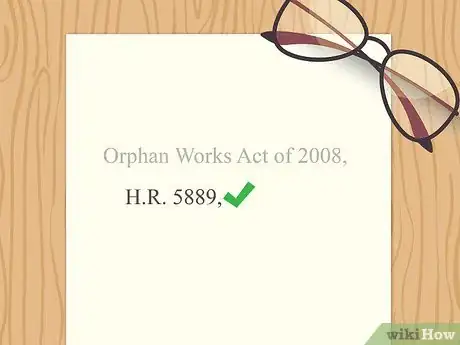



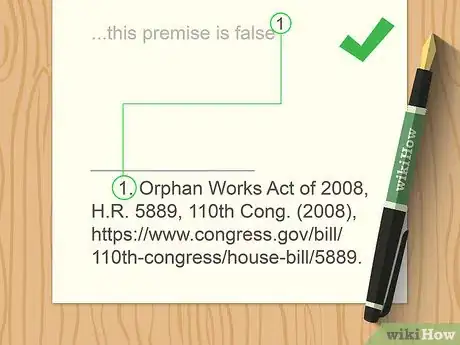
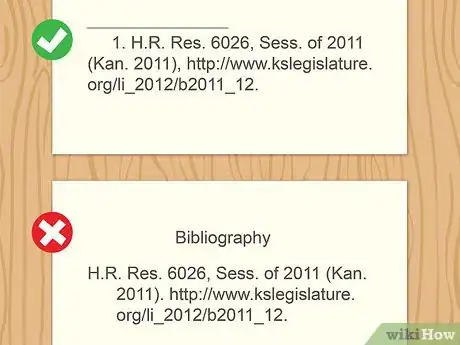

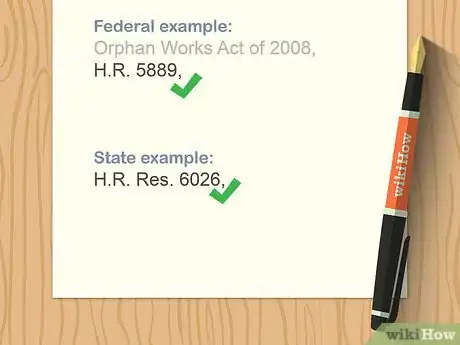
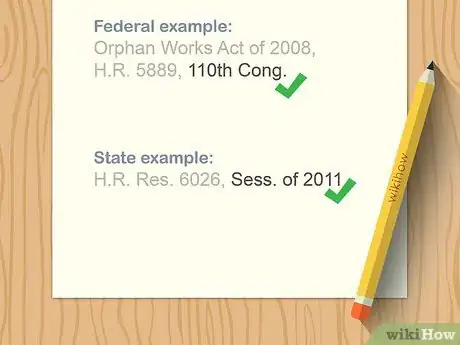
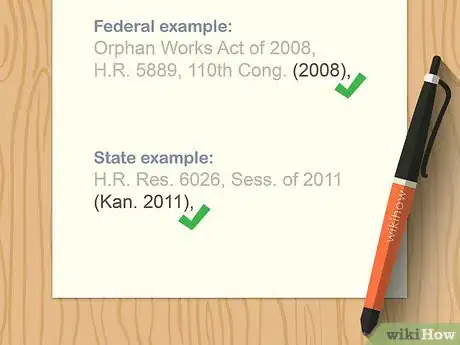
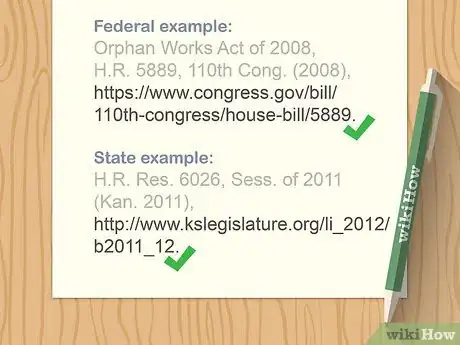
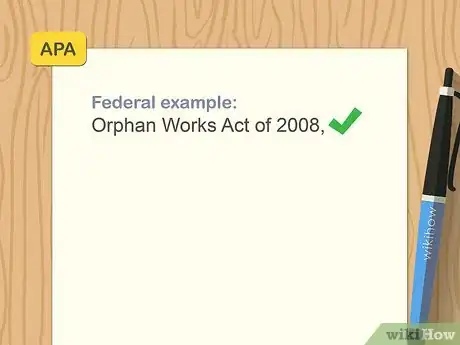
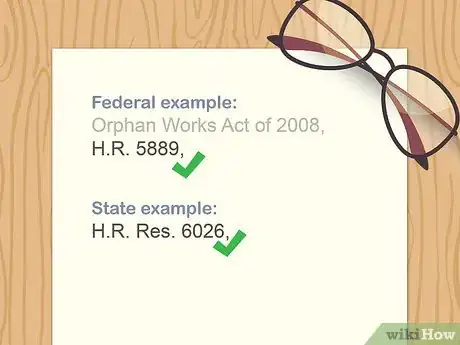
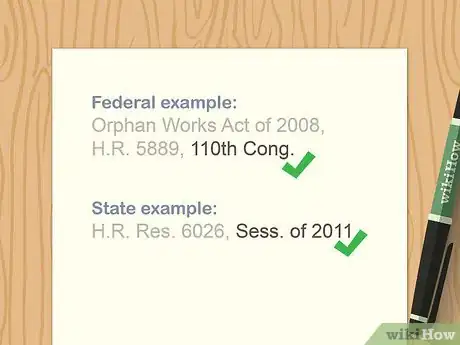
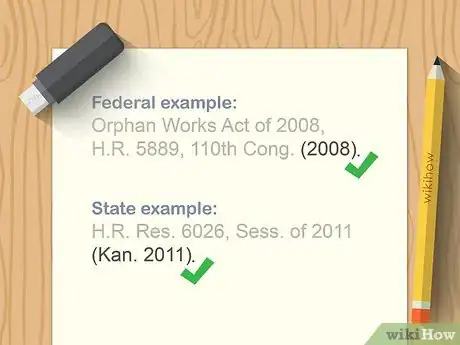
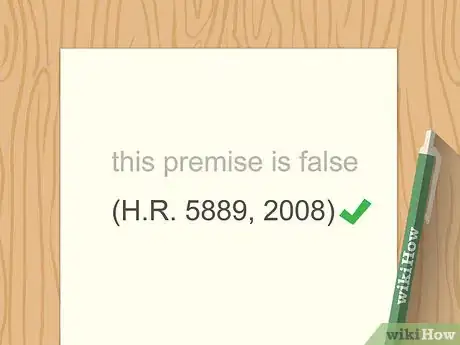


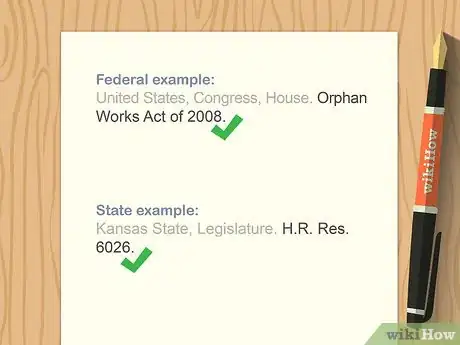
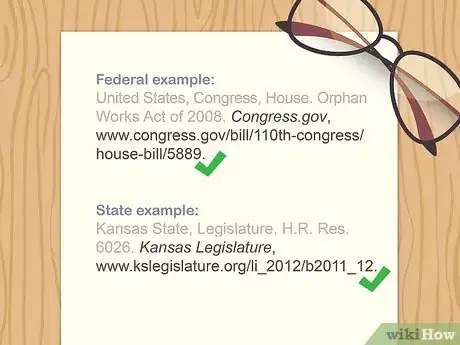
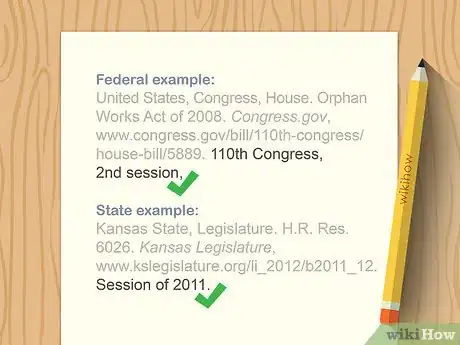
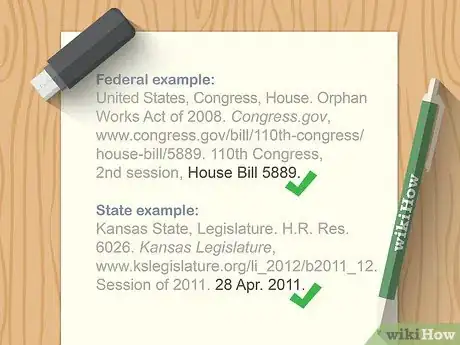











-Step-18.webp)
















































